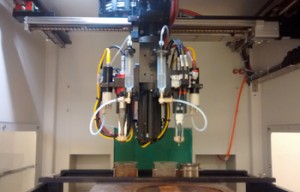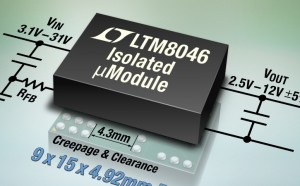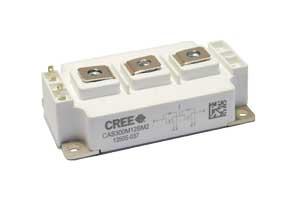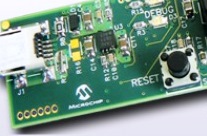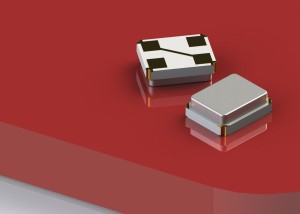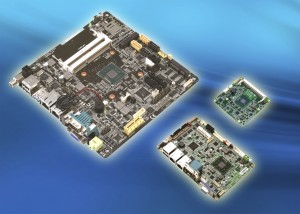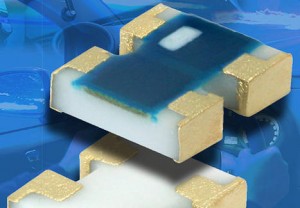Sony and Panasonic are to combine their R&D for organic light-emitting diode (OLED) displays in a new company, which will effectively be owned by the government-backed public-private partnership agency, the Innovation Network Corporation of Japan (INCJ) and Japan Display Inc. (JDI).
The new company to be called JOLED will launch in 2015. INCJ and JDI will respectively hold 75% and 15% of the voting rights in JOLED, and Sony and Panasonic will each hold 5%.
INCJ and JDI plan to make additional investments to fund a pilot manufacturing plant when the OLED technology is ready for commercialisation.
The OLED display technologies Sony and Panasonic bring to the venture including use of printing technology, transparent amorphous oxide semiconductors and flexible display technology.
In addition, JOLED plans to take advantage of JDI’s wide-ranging portfolio of display technologies. JOLED’s aim is to become the leader in the global OLED display market.
JOLED plans to focus primarily on development of medium-size OLED displays for use in tablets, mobile PCs, and signage.
INCJ was established in 2009 as a public-private partnership to support technology ventures.
It has the capacity to invest up to ¥2 trillion (approx $20bn), and to date, INCJ has invested approximately ¥750 billion in a total of 71 projects.
Earlier this year, the INCJ stepped in to form JDI when Sony, Toshiba and Hitachi were hit by a collapse in TV sales partly caused by the success of Samsung.

